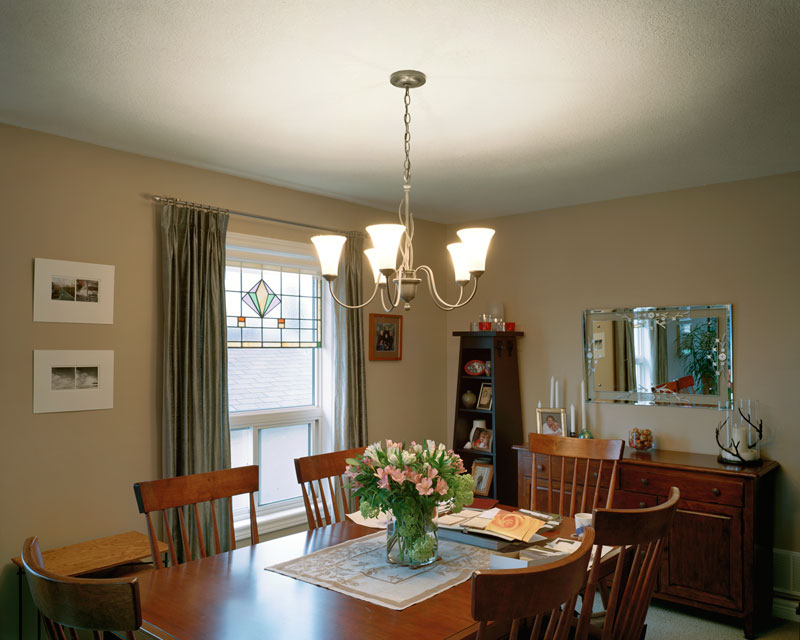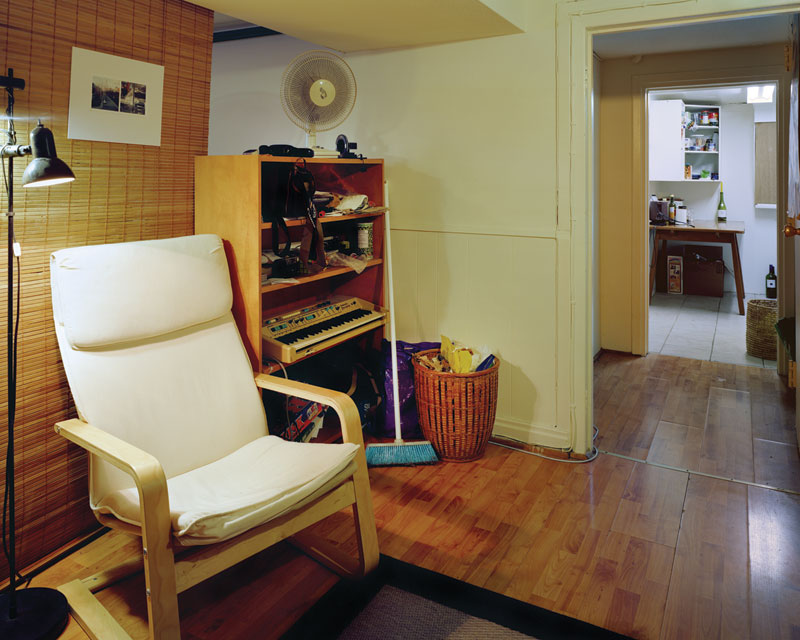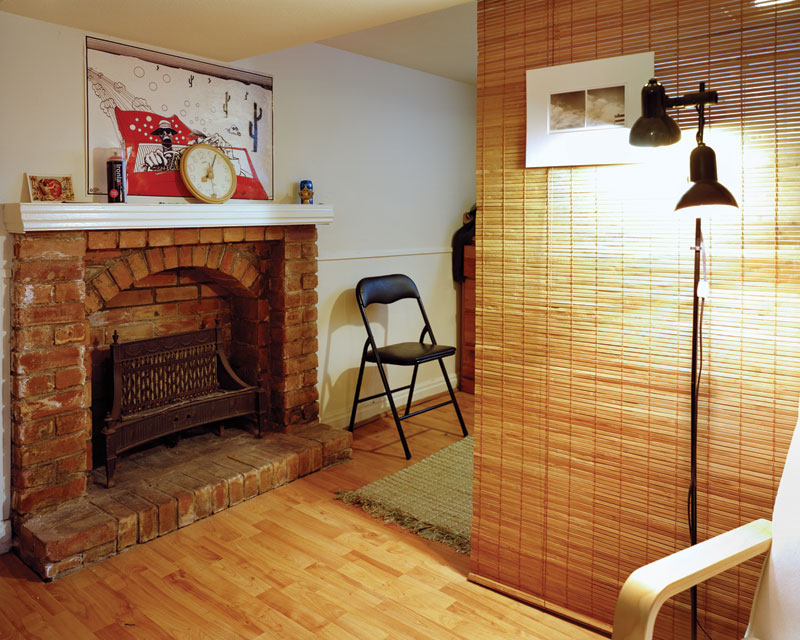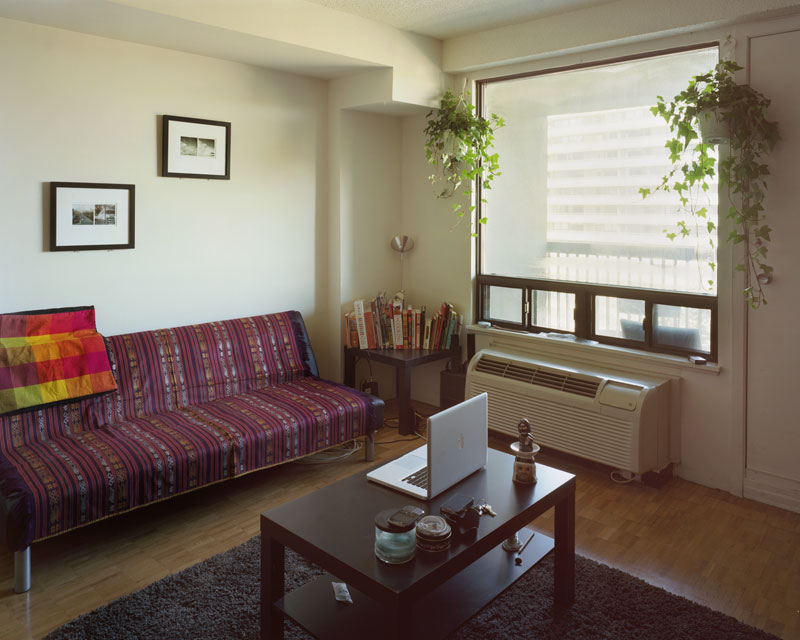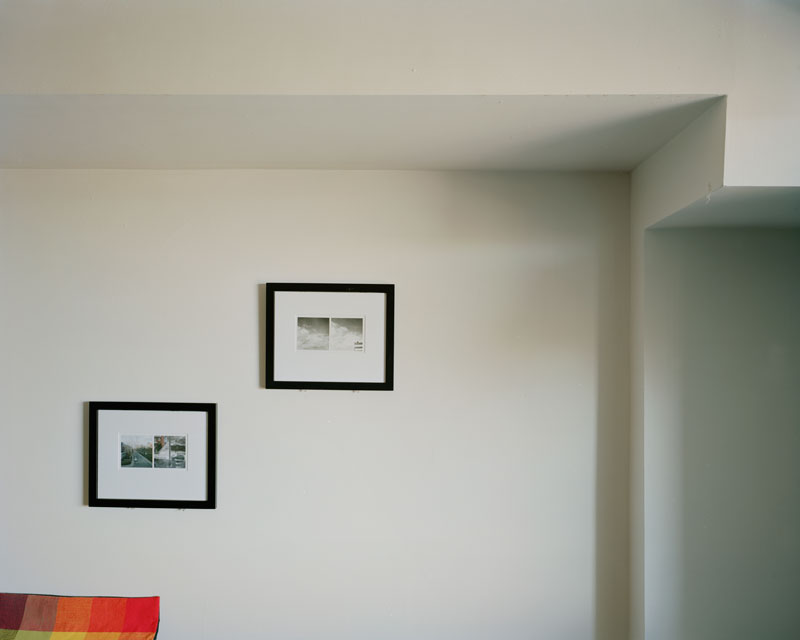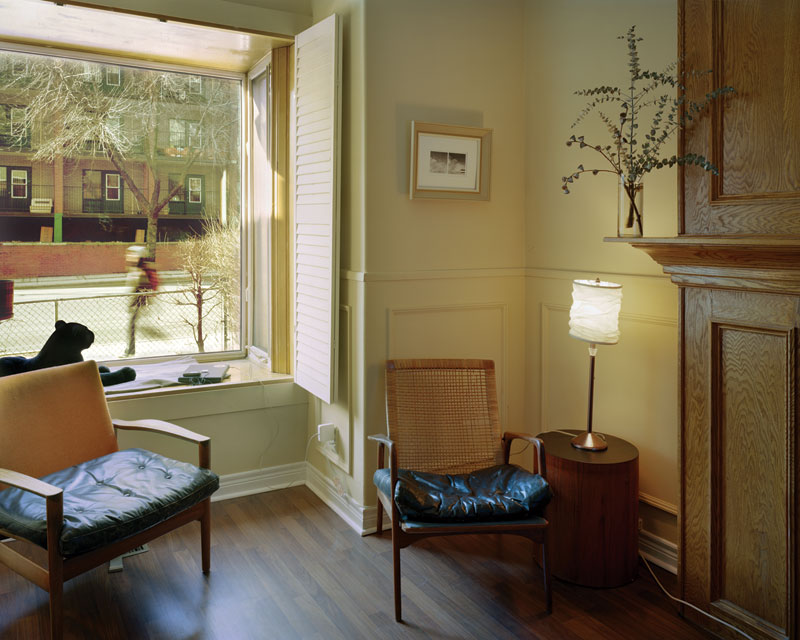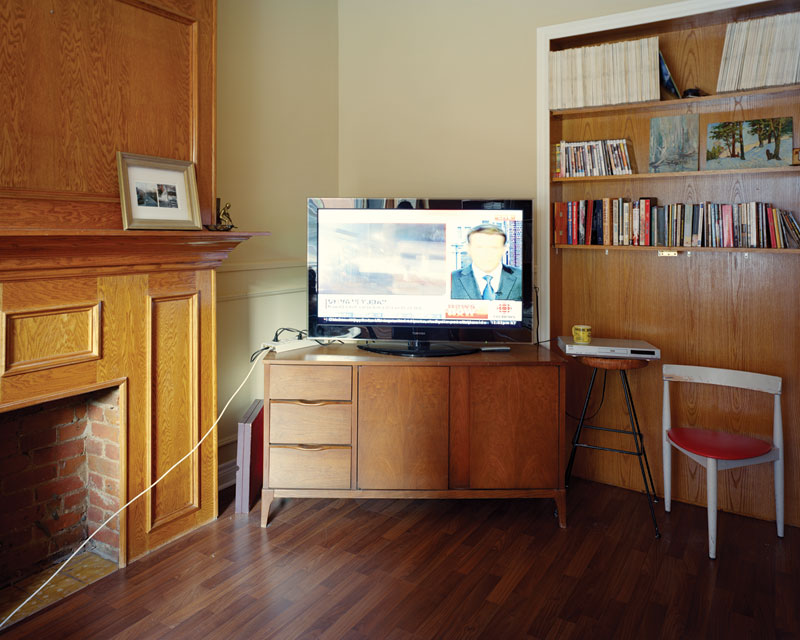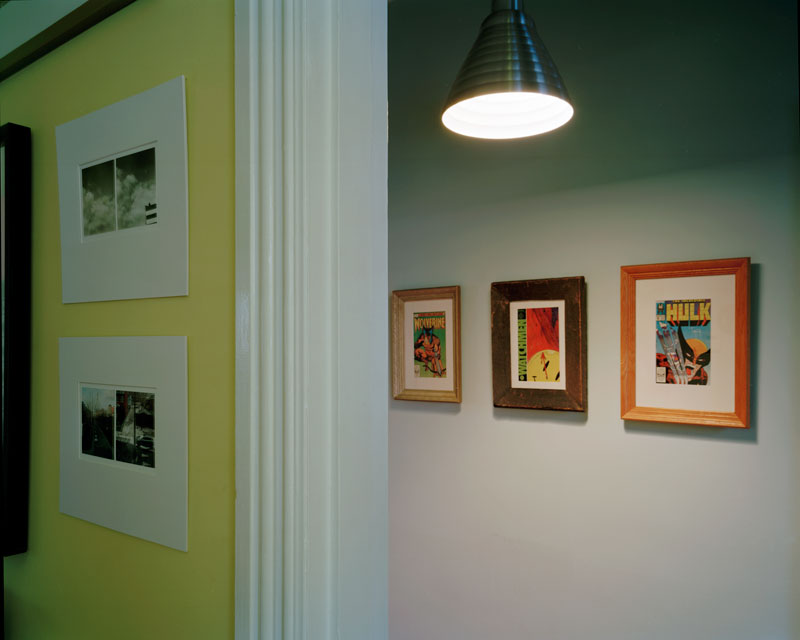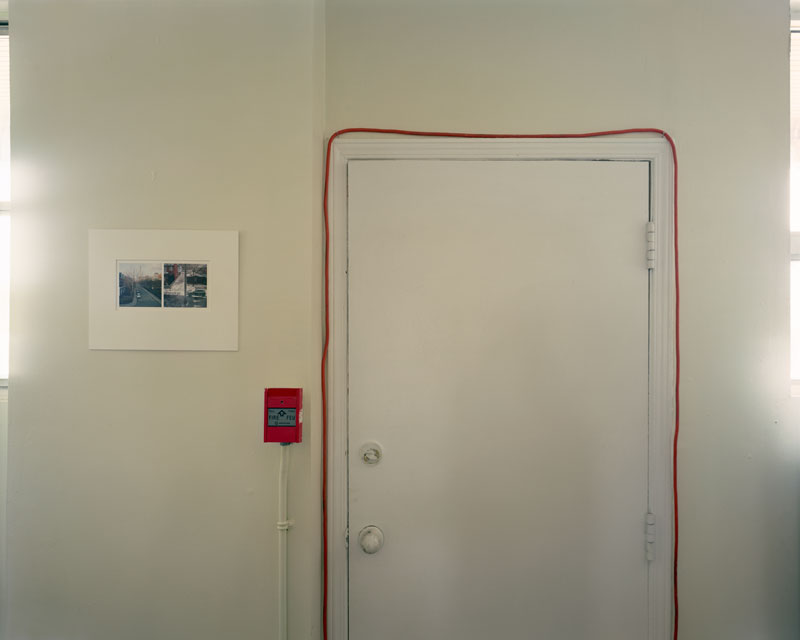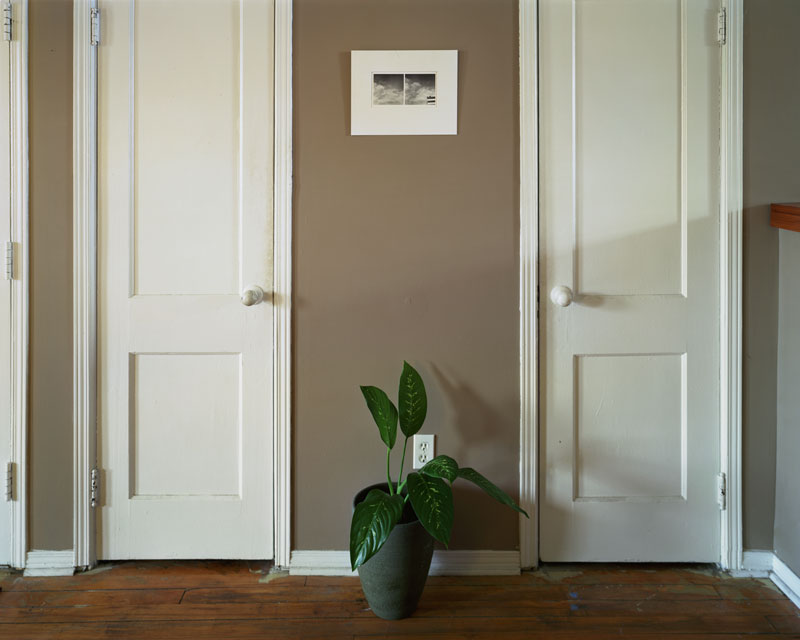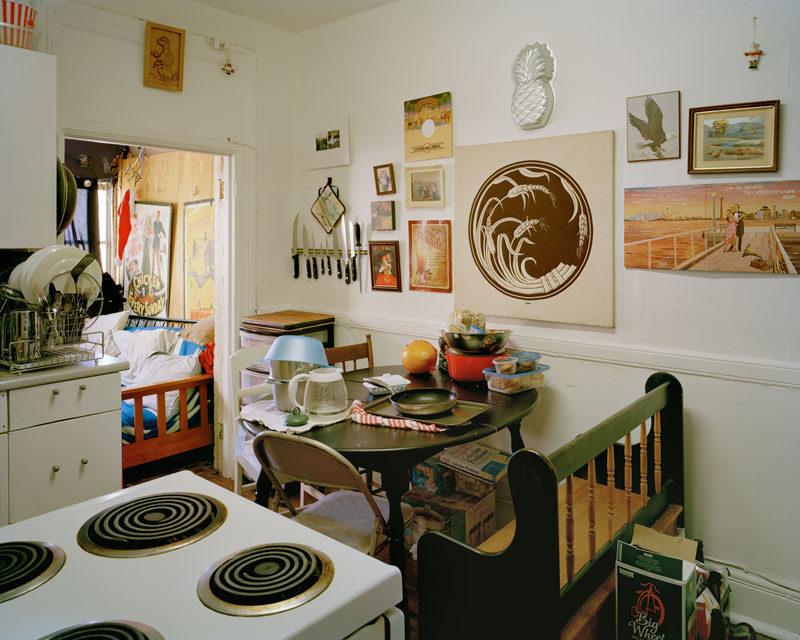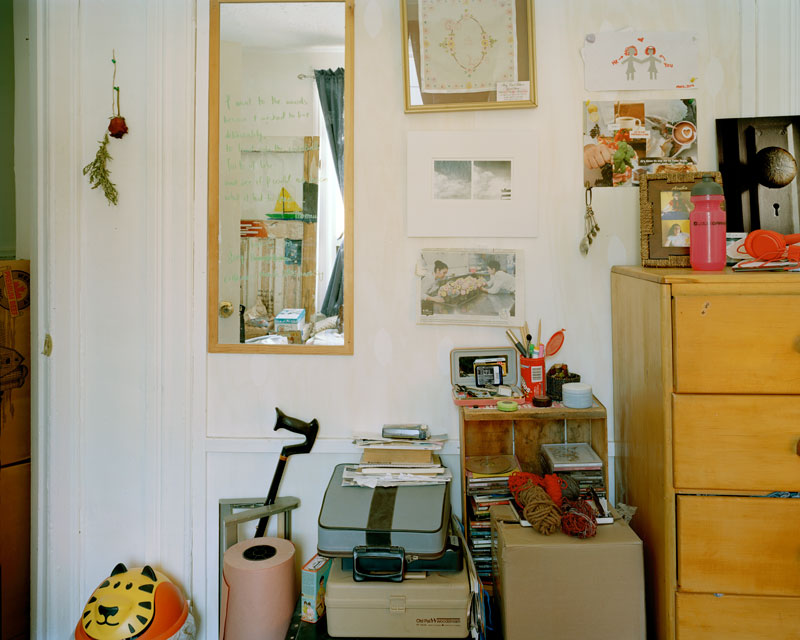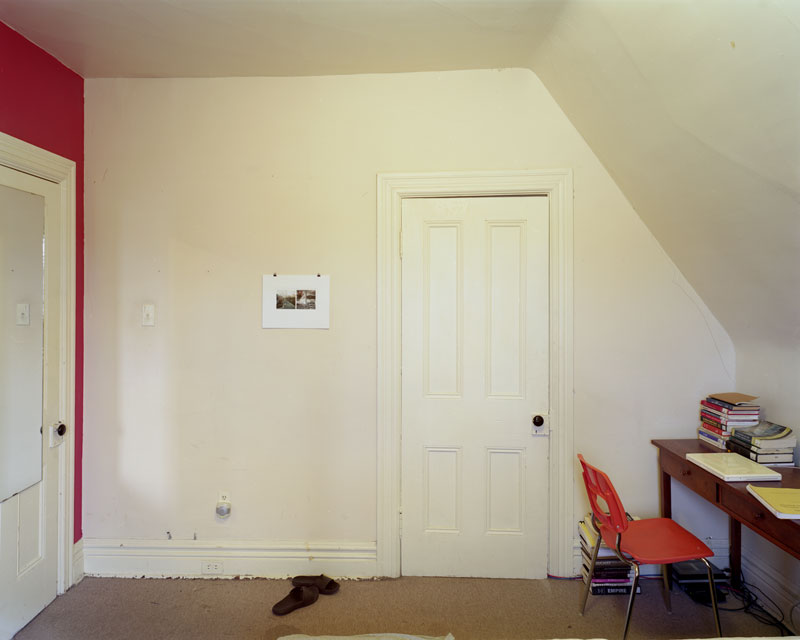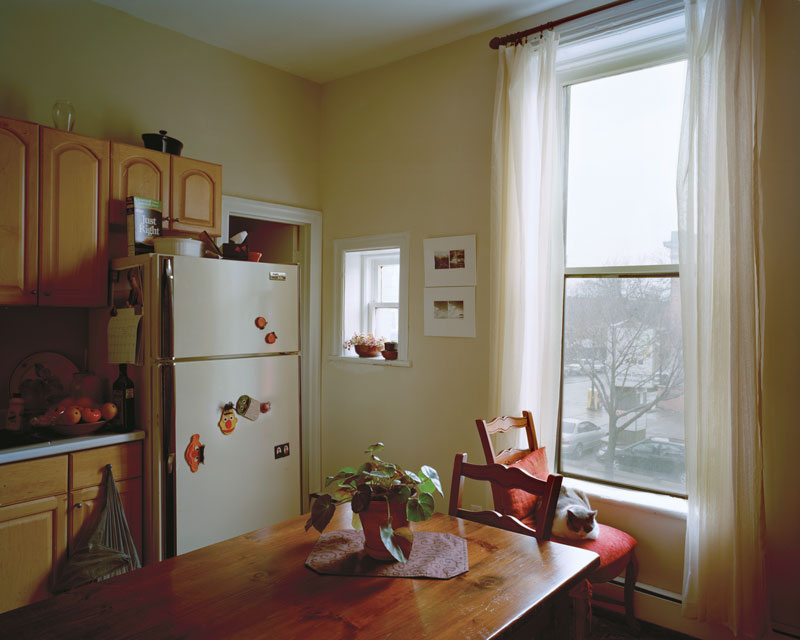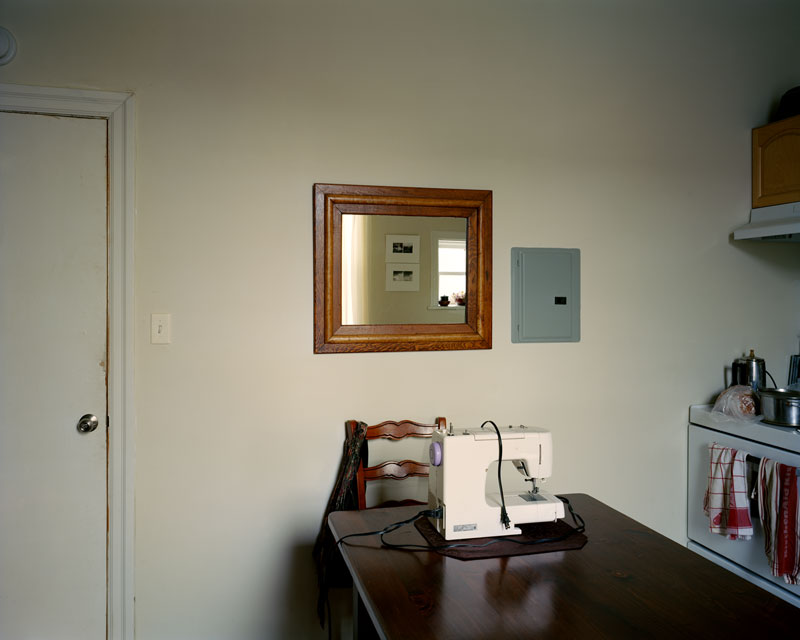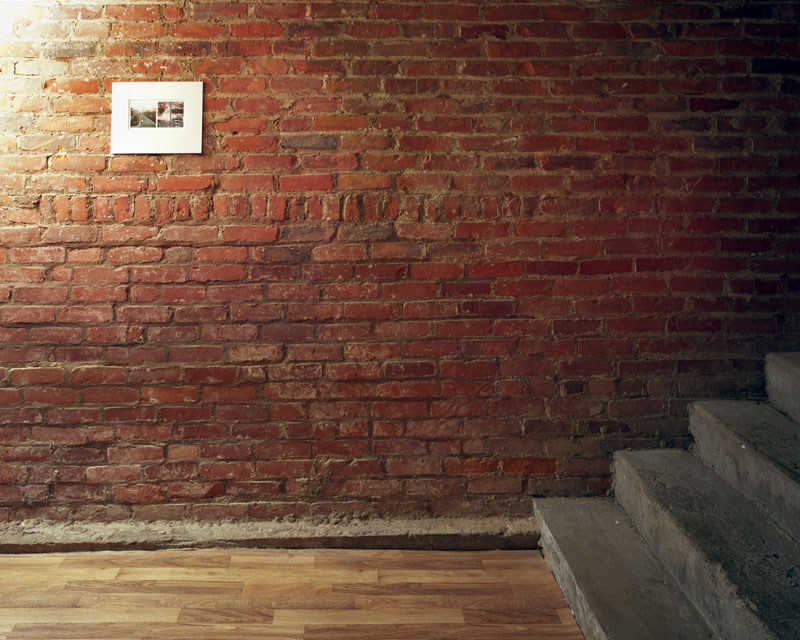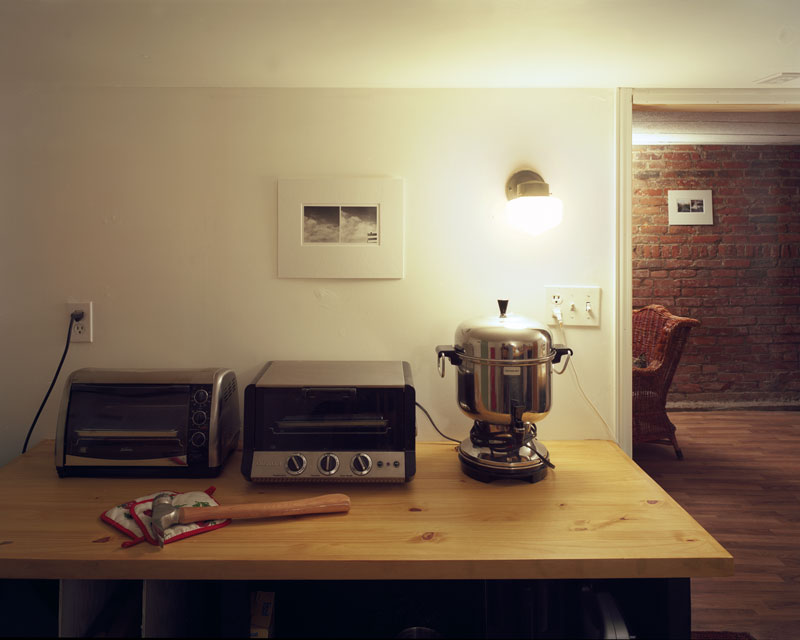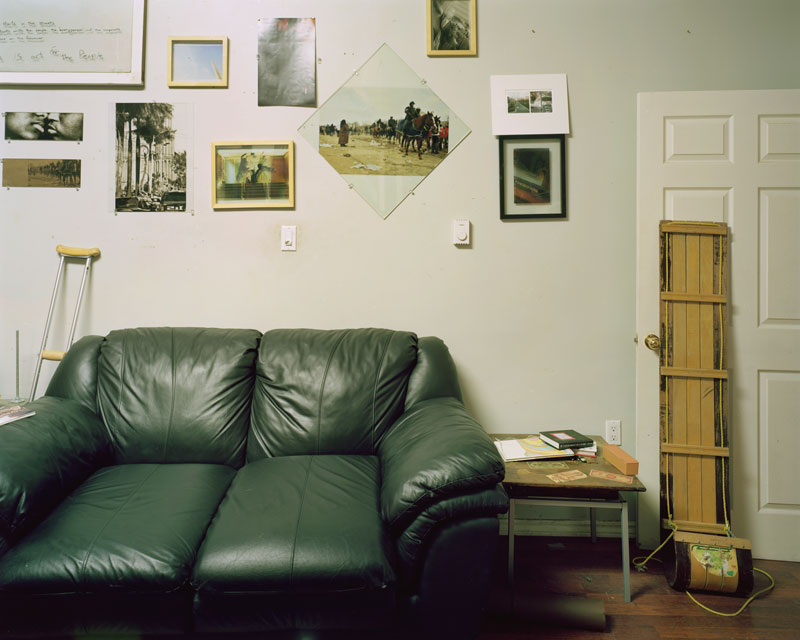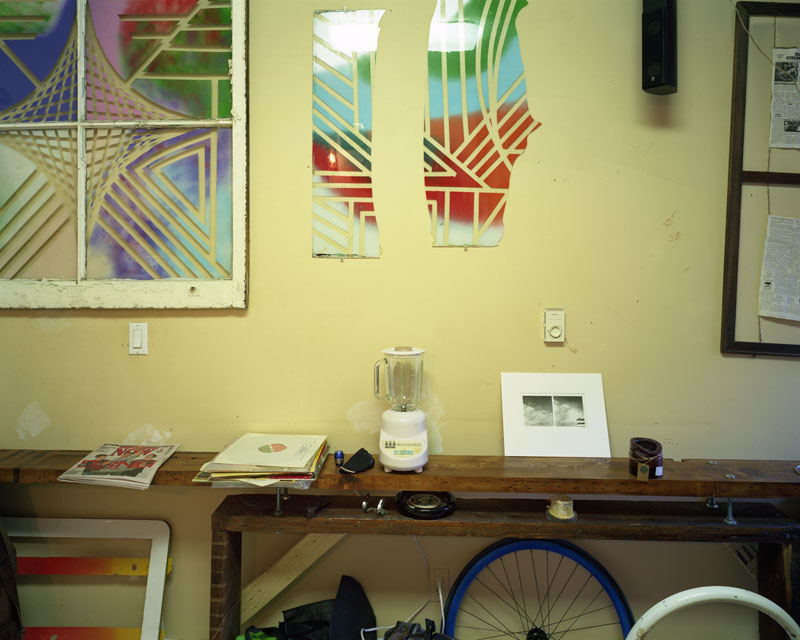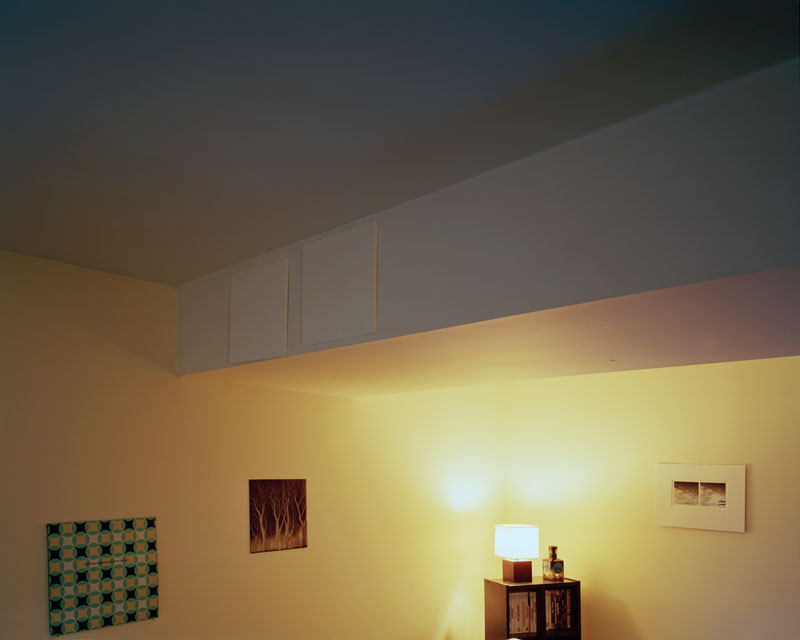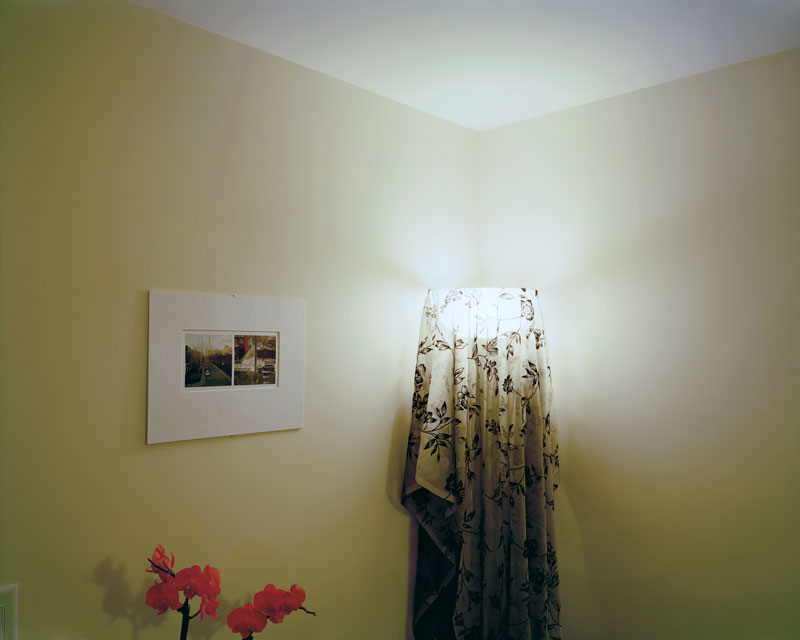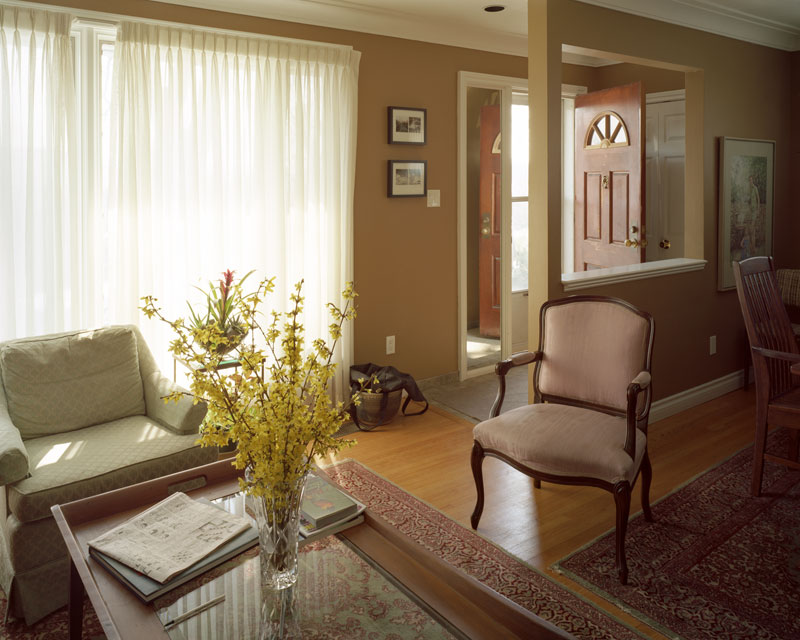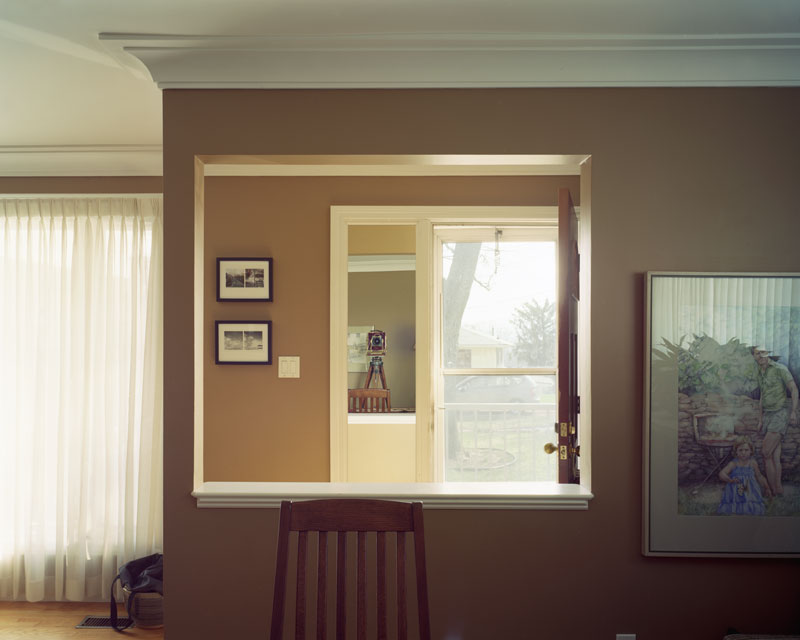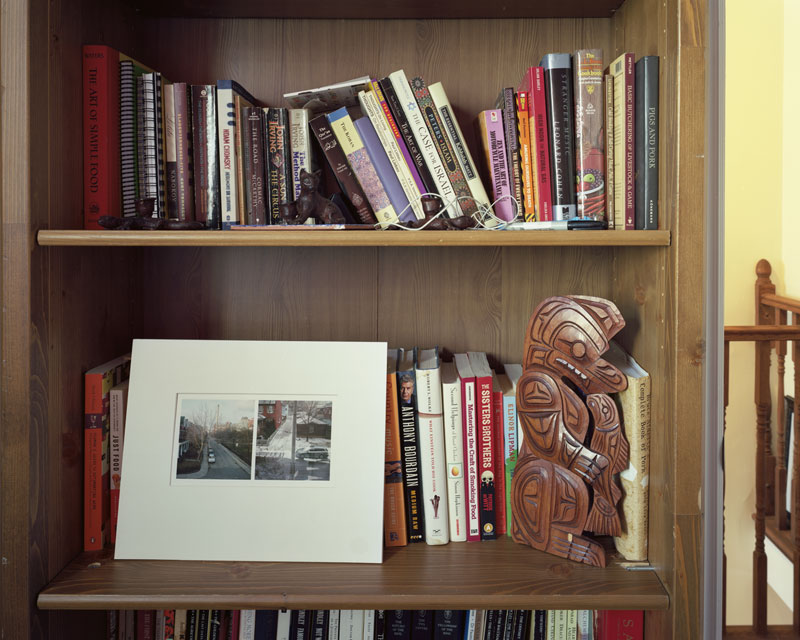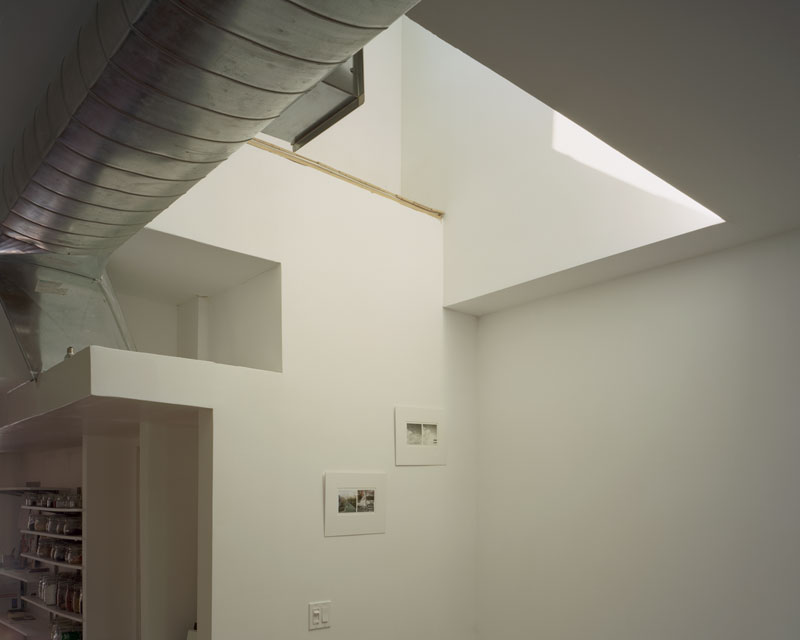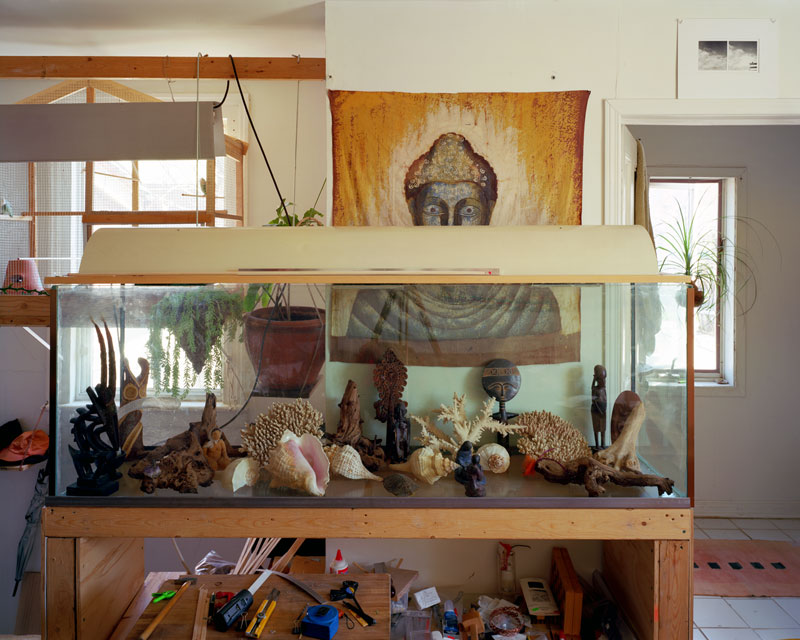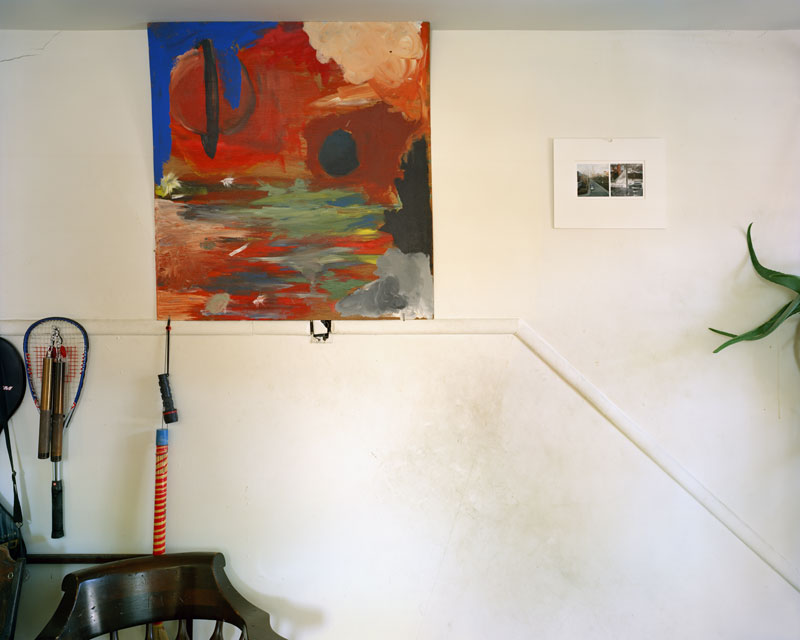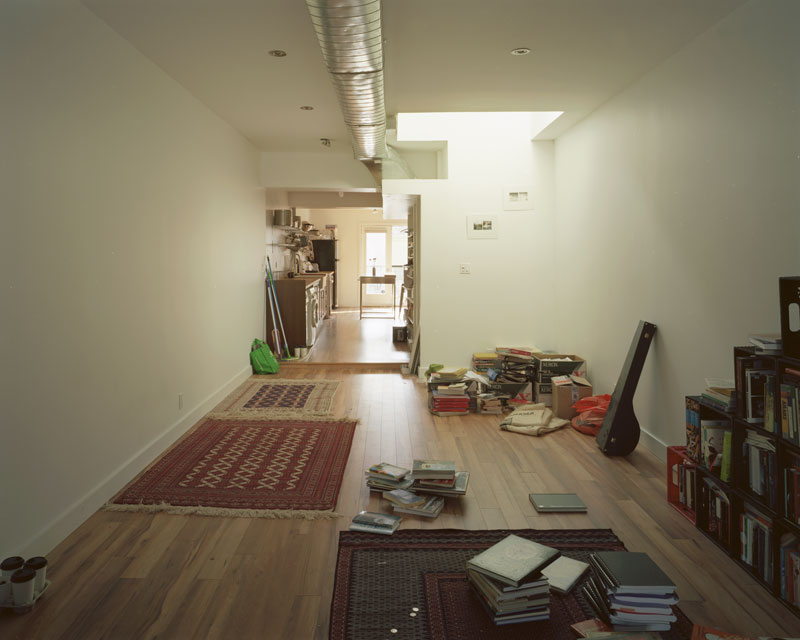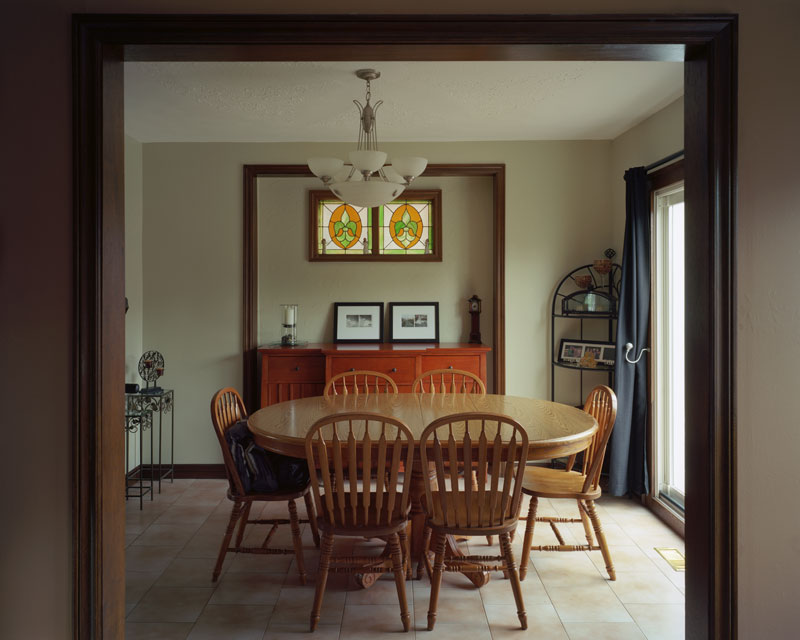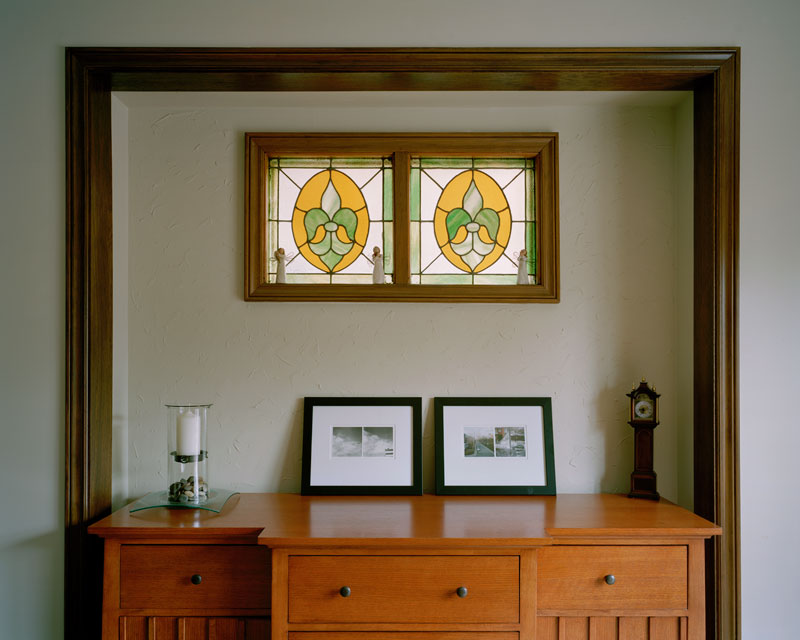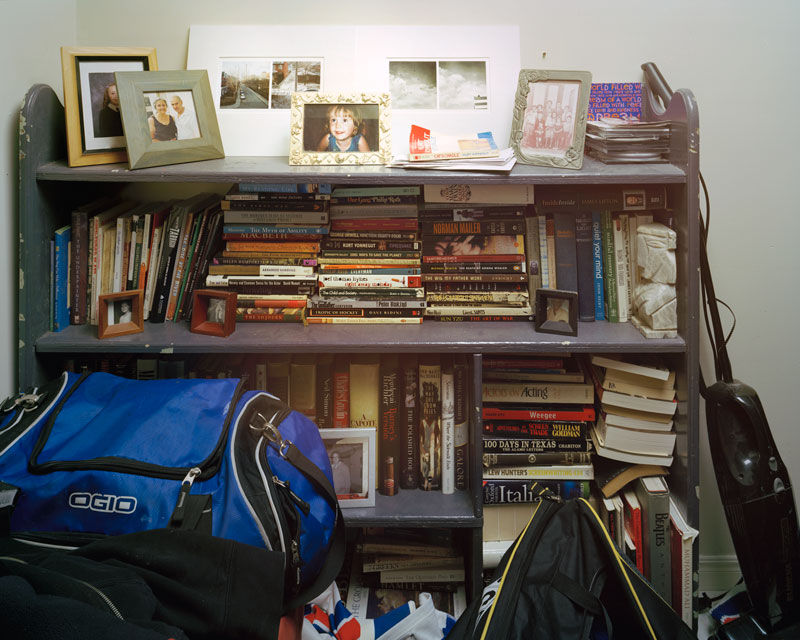Private Commute, 2012
For over ten years Erin and John had observed one another’s practices, each regarding the other’s creative pursuits with curiosity, occasional skepticism, and continuous admiration. With Private Commute, they cross the borders of process and artifact that have defined their work up to this point.
PRIVATE COMMUTE was exhibited at Toronto’s Communication Gallery as a Featured Exhibition for the CONTACT Photography Festival, 2012.
More about P R I V A T E C O M M U T E
Private Commute was born in black ink, on a paper bag from ‘Cheapies Records and Tapes’, while we waited for the bus to Toronto, on a street corner in Hamilton. We had put our heads together to conceive of a collaboration. We wanted to draw on the invitational/participatory nature of Erin’s photography and performance work, as well as on John’s formal, documentary-style photography. What would a project that really combined our contrasting practices look like?
We talked about our daily patterns and the people and places we regularly encountered. We decided to start here, from this position of examining our quotidian public routines. We began making lists of the people with whom we crossed paths on our traplines. In January, we each made a photographic diptych of our daily commute, in Toronto and Hamilton, respectively. We gave these two works to 20 people, whom we knew in public life, and asked the recipients, ten in Toronto and ten in Hamilton, to display the diptychs in their private homes — spaces we had never visited. Several weeks later, we returned to document our photographs in situ, in the contexts in which their new owners had lived with them, through a series of large-format photographs.
An early idea was that this process would be a way of looking at how people live with art. We found, however, that as the project grew layers, this particular preoccupation drifted into the background. More important was that the acts of giving our works to people and inviting them to participate were catalysts for simply seeing how people live and how they construct their visual environments. We became fascinated by how, deliberately or unconsciously, people present their ways of living to others: in particular, to a pair of artists, comprising an acquaintance and a stranger, coming to document their homes.
Every aspect of Private Commute was made collaboratively, from outlining plans and processes, to discussing and debating the minute details involved in framing each image (with both of us taking turns under the focusing cloth in preparation for each shot). The revelations of this project were myriad, but one of the greatest surprises was that perhaps our creative approaches and methods were not, as we suspected, diametrically opposed; we were more similar than we suspected. Erin was delighted to mark John’s moments of spontaneity, and John was impressed by Erin’s secret fastidiousness. The collaborative process forced us to consider our artistic identities and question the stories we had told ourselves about the kinds of artists we are; at the same time, the context for the project pushed us to examine our domestic identities and how we too construct our own personal spaces.
Ultimately, we made work that provides an intimate view into the private, domestic lives of a wide variety of people, all of whom live their day-to-day public lives in a physical and social geography that overlaps with our own. We find it interesting to consider whether this collection of people represents a true cross section of citizenry, or rather a kind of self-portrait, reflecting the lives we have constructed for ourselves in our respective cities.
With thanks to and appreciation for the Hamilton and Toronto participants in Private Commute: Bev, Brady, Della, Jeremiah, Kathy, Larissa, Lisa, Michael, Mike, Milana, Monique, Noah, Orleana, Pat, Peter, Pots, Pouria, Rose and Tony.



